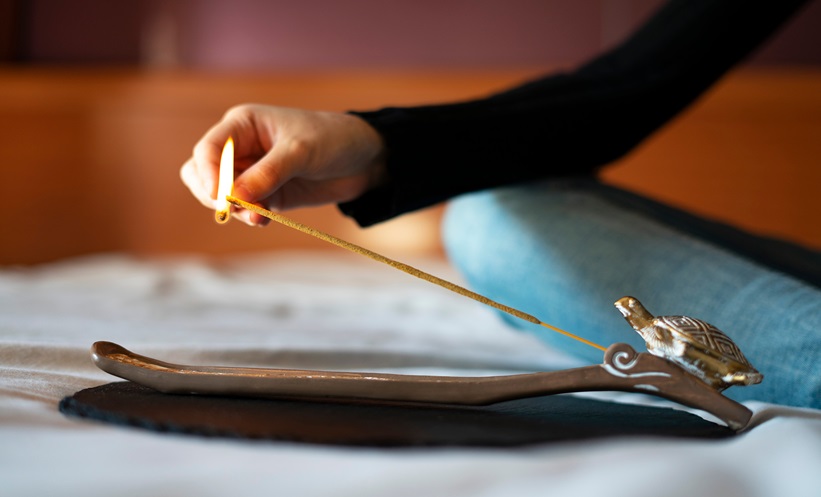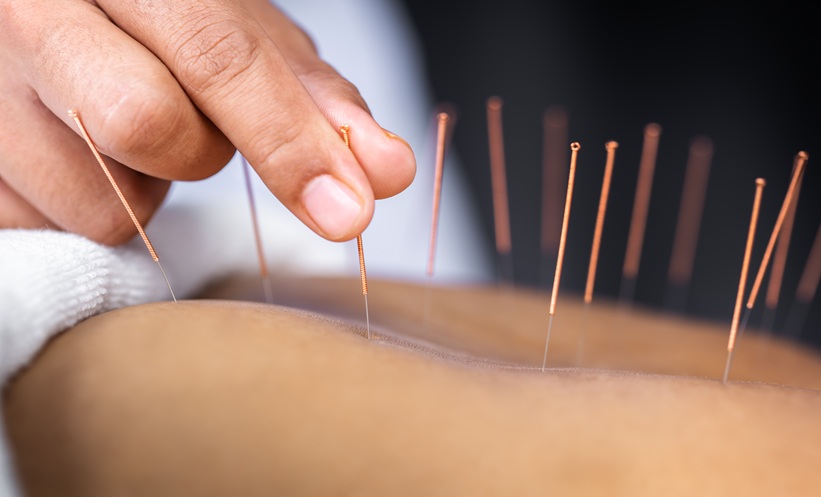INCENSE burning, practiced globally in various forms such as coils, cones, powders, and sticks, plays a significant role in spiritual, cultural, and religious ceremonies. Commonly used for meditation, celebration, deodorisation, and paying homage to ancestors, incense burning has symbolic value across many cultures. However, there are numerous associated health risks, particularly affecting respiratory health.
A case study highlights these concerns: an 87-year-old woman with asthma and Chronic Obstructive Pulmonary Disease (COPD) presented with worsening shortness of breath. Upon investigation, it was found that her symptoms were linked to her daily practice of burning incense. Despite medical advice, she was unwilling to stop burning incense due to its cultural importance. Eventually, she agreed to try an electric incense device, which significantly reduced her respiratory symptoms.
Incense smoke releases several harmful compounds, including carbon monoxide, sulfur, nitrogen oxides, formaldehyde, and polycyclic aromatic compounds, some of which are carcinogenic. Studies indicate that burning one gram of incense can generate around 45 mg of particulate matter—four times the amount produced by cigarettes. These pollutants can lead to respiratory issues, headaches, skin allergies, and other health complications. Moreover, secondhand smoke from incense burning poses health risks to family members, including children, while thirdhand smoke can persist in fabrics and furnishings for months.
Beyond individual health effects, incense burning contributes to indoor air pollution and can be a fire hazard. Recognising the cultural significance of incense, healthcare providers are encouraged to discuss alternative methods with patients, such as electric incense, simulated visuals, and improved ventilation to mitigate risks. This approach respects cultural practices while addressing the health implications, ensuring patient care is both effective and culturally sensitive.
Reference
Lam G, et al. Health hazards from cultural practices: incense burning. Abstract M163. ACAAI Annual Scientific Meeting, 24-28 October, 2024.







